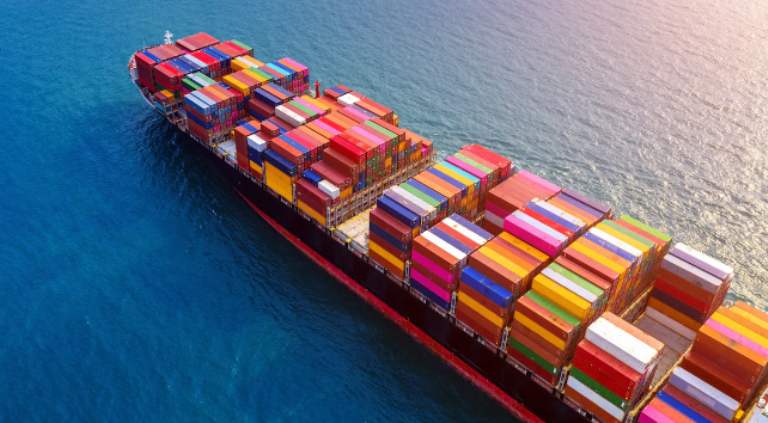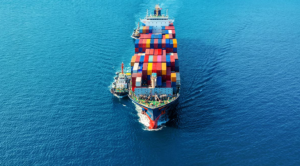
In an increasingly interconnected world, international logistics has emerged as a critical component of global trade. It encompasses the planning, implementation, and management of the flow of goods and services across international borders. This complex process involves various activities, including transportation, warehousing, customs clearance, and inventory management, all of which are vital for businesses seeking to expand their reach beyond domestic markets. As globalization continues to reshape the economic landscape, understanding the nuances of international logistics becomes essential for companies aiming to thrive in a competitive environment.
The Importance of International Logistics
International logistics plays a pivotal role in facilitating trade by ensuring that products move seamlessly from manufacturers to consumers across borders. It allows businesses to source raw materials from different parts of the world, utilize manufacturing capabilities in various countries, and sell their products in international markets. Effective logistics management can lead to reduced transportation costs, improved delivery times, and enhanced customer satisfaction, all of which are crucial for maintaining a competitive edge.
Moreover, the rise of e-commerce has amplified the significance of international logistics. As consumers increasingly expect fast and reliable delivery of products from around the globe, companies must invest in efficient logistics systems to meet these demands. The success of e-commerce giants like Amazon and Alibaba can be attributed, in part, to their sophisticated logistics networks that enable them to deliver goods quickly and efficiently to customers worldwide.
Key Components of International Logistics
International logistics is a multifaceted process that involves several key components. Understanding these components is essential for businesses looking to navigate the complexities of global supply chains.
- Transportation: This is arguably the most visible aspect of international logistics. It encompasses various modes of transport, including air, sea, rail, and road. Each mode has its advantages and disadvantages, with air freight being the fastest but often the most expensive, while sea freight is more cost-effective for larger shipments but takes longer. Businesses must choose the most appropriate transportation method based on factors such as cost, speed, and the nature of the goods being shipped.
- Customs Clearance: Navigating customs regulations is a crucial aspect of international logistics. Every country has its own rules regarding imports and exports, and failure to comply can result in delays, fines, or confiscation of goods. Companies must work closely with customs brokers who can help them understand and adhere to the necessary regulations, ensuring a smooth clearance process.
- Warehousing: Effective warehousing is essential for managing inventory in international logistics. Businesses often need to store goods at various points in the supply chain, whether at distribution centers or regional warehouses. Strategic warehousing decisions can help optimize delivery times and reduce transportation costs, making it imperative for companies to assess their warehousing needs based on their target markets.
- Inventory Management: Managing inventory levels is critical for maintaining efficiency in international logistics. Companies must strike a balance between having enough stock to meet demand and minimizing excess inventory that can lead to increased holding costs. Advanced inventory management systems can help businesses track stock levels in real-time, forecast demand, and automate reordering processes.
- Technology and Automation: The integration of technology in international logistics has transformed the industry. Advanced software solutions, such as Transportation Management Systems (TMS) and Warehouse Management Systems (WMS), enable businesses to streamline their logistics processes, optimize routes, and enhance visibility across the supply chain. Automation technologies, including robotics and artificial intelligence, are also increasingly being employed to improve efficiency and reduce human error.
Challenges in International Logistics
While international logistics offers numerous benefits, it also presents various challenges that businesses must navigate. One significant challenge is dealing with the complexities of customs regulations. Each country has different documentation requirements and tariffs, which can complicate the shipping process. Additionally, political instability, trade disputes, and changes in regulations can create uncertainty in international markets.

Another challenge is the impact of global events on supply chains. The COVID-19 pandemic, for instance, highlighted vulnerabilities in international logistics networks. Lockdowns and travel restrictions disrupted transportation routes, leading to delays and increased shipping costs. As a result, companies are now re-evaluating their supply chains and considering strategies for greater resilience, such as diversifying suppliers and nearshoring production.
Conclusion
International logistics is a vital component of global trade that enables businesses to expand their reach and serve customers across the world. By understanding the key components of international logistics, including transportation, customs clearance, warehousing, inventory management, and the role of technology, companies can develop effective strategies to navigate the complexities of global supply chains. While challenges such as regulatory compliance and global disruptions exist, proactive management and innovative solutions can help businesses thrive in the competitive landscape of international trade. As globalization continues to evolve, the importance of efficient international logistics will only grow, making it essential for companies to invest in robust logistics strategies to remain competitive in the global market.



